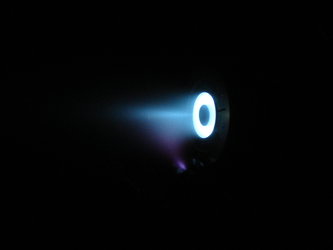Propulsion: lift-off, orbit adjustments and travelling through space
The launch of a spacecraft is the start of a new mission and the only means to reach the depths of the Solar System. With reusable rockets becoming a reality, what is ESA doing to advance propulsion technology and make it greener?
Without propulsion, nothing goes anywhere. It provides the extreme acceleration a rocket needs to lift off and release a spacecraft into orbit around Earth or sling it into deeper space. Spacecraft themselves then use their own propulsion systems to adjust their orbits around Earth, travel through space, or make carefully controlled landings on the surfaces of other planets.
European launch vehicles are known for their reliability, but ESA continues to develop new technologies to enable lower-cost, greener and ever more reliable launches. Rockets typically make use of 'chemical propulsion', of which there are two main types: liquid and solid. Whilst liquid propulsion is more efficient, solid propulsion is simpler, safer and cheaper.
- Liquid propulsion combines fuel with oxygen in a combustion chamber. The mixture is ignited and explodes, creating powerful combustion gases. These are propelled from the engine's central nozzle, thrusting the rocket forward. The fuel flow can be controlled and the amount of thrust regulated. Liquid propulsion remains state-of-the-art for the large thrust generated by current launch vehicles as well as in-orbit spacecraft manoeuvres.
- Solid propulsion works on the same principle as a firework: a pre-mixed fuel and an oxidiser are ignited, after which the thrust cannot be regulated or turned off. Solid propulsion can be useful for 'kick' stages that put satellites into their final orbit.

One alternative to chemical propulsion is electric propulsion. This more efficient process uses electricity to expel propellant at high speed. Partly thanks to studies carried out by ESA Discovery & Preparation, electric propulsion is an increasingly mature technology.
Discovery & Preparation is also exploring more novel propulsion techniques such as lasers, solar sails and nuclear propulsion.
What is Discovery & Preparation doing in this area?
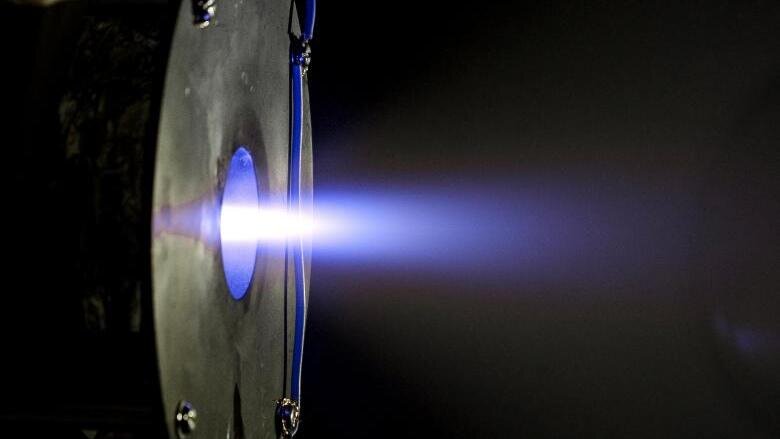
Early studies
ESA Discovery & Preparation invests in novel research to direct the future of space activities. In 1999, the programme supported two study phases that assessed the needs for advanced space propulsion in the 21st century. Phase 1 of the PROPULSION 2000 study identified the most promising propulsion concepts and techniques for the foreseeable future. Phase 2 proposed development plans for four main mission scenarios: launch vehicles, orbital transfer vehicles, satellites and deep space missions.
A 2002 study explored the power needs of future missions, including for propulsion. It concluded that over the following 5 to 15 years, Europe should focus on developing nuclear propulsion technology as well as demonstrating power beaming propulsion, which typically uses either a microwave or laser beam to propel a spacecraft forward. ESA's Advanced Concepts Team have since explored beam-powered light sails.
Electric propulsion
It was around the turn of the century that electric propulsion technologies started looking more attractive; the lifetime of electronics was increasing and spacecraft were able to generate more electrical power.
Electric propulsion is now considered to be a key and revolutionary technology for new generations of satellites. It uses electricity to accelerate a propellant, and unlike chemical propulsion, it requires very little mass. In recent years, it has become a more popular choice for deep space missions; it has been used on ESA's BepiColombo, GOCE and SMART-1 missions.
A recent Discovery study explored electric propulsion using magnetic powder as a propellant – the advantages being that only a small volume of this type of propellant is needed, and it can be found in space, for example on the surface of asteroids. The researchers shaped the powder into spikes using a magnetic field, and applied a voltage that caused particles to be expelled from the tip of the spikes. The experiment successfully showed that this technique could in theory be used as a propulsion method, but more development is needed.
It wasn’t the first study to explore using magnetism in propulsion systems. To make electric propulsion systems even more efficient, a 2009 Discovery & Preparation study investigated a process that involves accelerating hot plasma through a magnetic nozzle. The study found that this technique could improve the performance of an engine.
Other recent studies have explored new concepts for propelling spacecraft using solar power. Electric tethers – long, strong conductors connecting two spacecraft – have been used in space since the nineties, but a new Discovery study took the concept one step further by adding solar cells into the tether to harvest extra power.
In 2014, a Discovery study undertook one of the first explorations of Helicon Plasma Thrusters for space applications. These thrusters use high power radio waves to excite the spacecraft propellant into a plasma state, which can achieve much higher propellant velocities. The study identified missions for which a Helicon Plasma Thruster would be particularly advantageous; it found that missions involving long-term orbiters based on the International Space Station (ISS) would benefit especially, as they could use ISS waste gases as a propellant.
An earlier study explored the application of the clusterelectric effect to electric propulsion systems. The process involves making electricity from tiny molecular 'snowballs'; it has various benefits for electric propulsion, resulting in propulsion systems that are flexible, lightweight, provide effectively unlimited energy, and have a high thrust-to-power ratio.
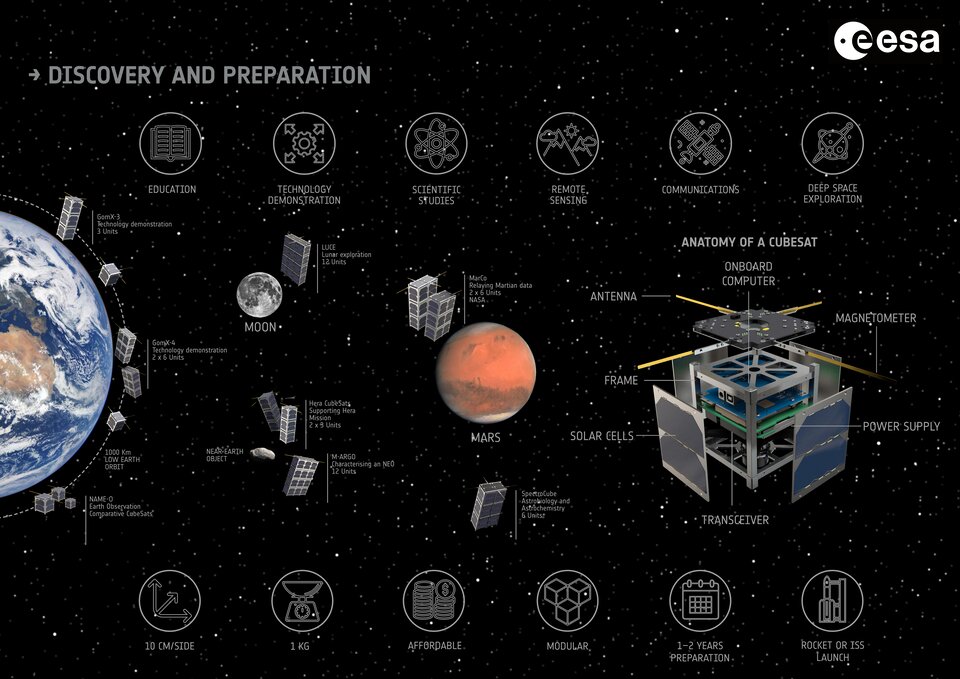
In recent years, more and more small satellites have been launched. These often include no onboard propulsion system, which reduces their capabilities and lifetime. TNO, NanoSpace and EPFL recognised that improving the next generation of small satellites required developing miniaturised, highly integrated propulsion systems that met strict mass, volume and power constraints. In a first step to achieving this, through a 2009 study they together developed a new electric propulsion system based on microelectromechanical systems (MEMS). The study identified a wide variety of mission scenarios that could benefit from such a propulsion system.
Just like electric cars on Earth, using electric propulsion in space has drawbacks, including lower thrust (or force) which means that more power and time is needed to manoeuvre through space. Hybrid systems that combine chemical and electric propulsion can help spacecraft achieve a balance between mass and transfer time. A 2012 study looked into combining solar power and chemical propulsion to take advantage of the respective benefits of each.
Other propulsion techniques

Solid propulsion was introduced for military uses during the second world war. Since the late 1950s it has been used in many small launchers, including Europe's Vega. Solid propulsion has also been used for orbit adjustments, reorientation, separation and much more. A 2012 study evaluated the current state of the art in solid propulsion technologies and created a tool that can be used to either select existing solid rocket motors from a database or create preliminary designs for new motors.
Solar sails that propel spacecraft through space using the momentum of sunlight are becoming increasingly topical, but what about utilising the magnetic nature of the solar wind? One study looked into the theoretical and technical aspects of two 'magnetospheric propulsion' concepts, where a spacecraft uses an electric current to generate a magnetic bubble around itself that diverts the solar wind.
But it is not all about the success stories. Discovery & Preparation studies are also good for finding out what would not work well. In the early 2000s, controlling gravity for spacecraft propulsion was a topic regularly discussed in scientific publications. A Discovery & Preparation study showed that – even if gravity could be modified – it would bring only modest gains in spacecraft launches, and no breakthrough for space propulsion.
Sending a spacecraft to sleep
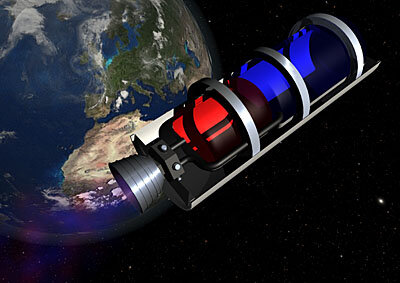
Even when a spacecraft is no longer useful, its charged batteries or leftover fuel can trigger explosions, a major source of space debris. To avoid this, ESA is investigating methods of 'passivation' – ensuring that a spacecraft has no remaining energy on board.
Two parallel Discovery & Preparation studies have been key for developing this concept. The first reviewed passivation requirements and impacts, as well as passivation strategies for current and future missions. The second focused more on the risk of generating space debris due to a failure in a propulsion system, including the specific risk of a non-empty propulsion tank being impacted at high speed.
What else is ESA doing?
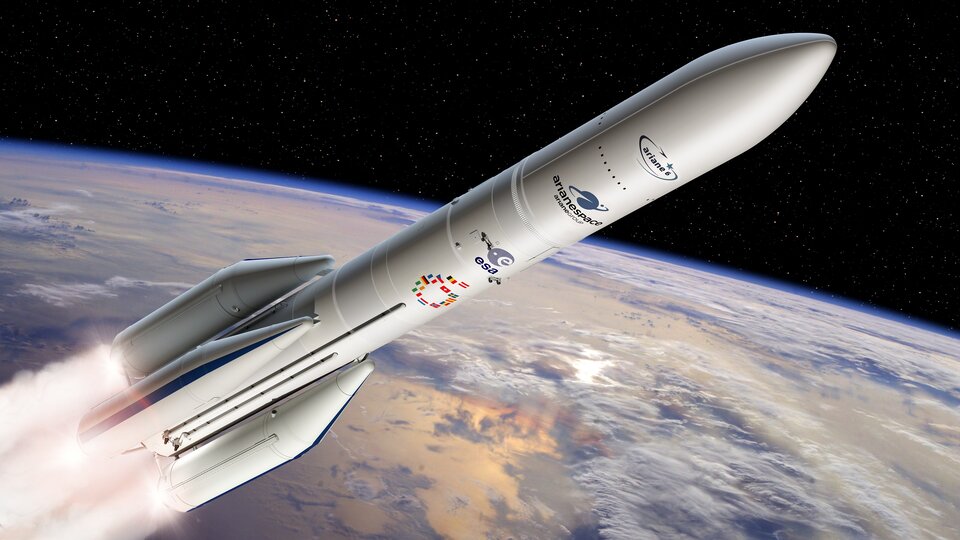
Ariane is Europe's very own rocket programme, providing Europe with independent access to space. ESA works with Airbus, ArianeGroup and other partners on Ariane, including on propulsion elements. The newest member of the rocket family, Ariane 6, is due for its first launch in 2023.
By 2025, Ariane 6 may be using Prometheus, an ultra-low-cost reusable engine fuelled by liquid methane. Demonstrators are currently being built through ESA contracts and the first ignition took place in November 2021. Prometheus could achieve a tenfold reduction in costs compared with the existing Ariane 5 Vulcain 2 engine.
Ariane 6 will be partially powered by ESA’s new solid propulsion workhorse – the P120C motor. This motor is already used on the European Vega-C launcher, which made its first flight in July 2022. Plans for a more powerful version of this motor, called the P120C+, are already in motion.
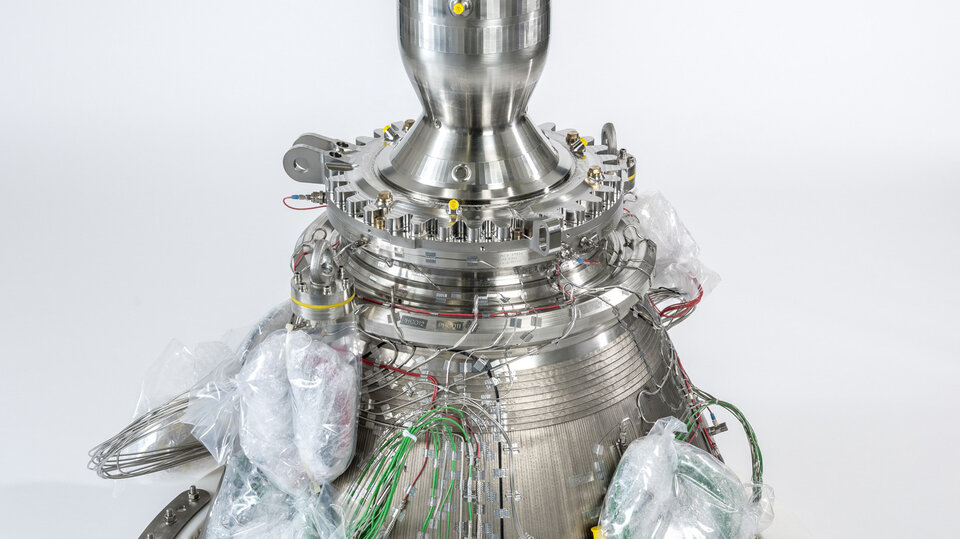
ESA is also developing the Expander-cycle Technology Integrated Demonstrator, or ETID, which will pave the way for the next generation of cryogenic upper-stage engines in Europe. In this innovative design, liquid hydrogen propellant is 'expanded' through cooling channels before being combusted, going from liquid hydrogen temperatures to full combustion in just over a second. Its results are relevant for the reignitable Vinci engine, which has been developed to power the upper stage of Ariane 6.
ESA's dedicated Propulsion Laboratory tests methods of controlling the motion of spacecraft once they have reached space. In particular, the lab has acquired a great deal of expertise on various methods of electric propulsion as well as chemical propulsion systems.
What are other space agencies doing?
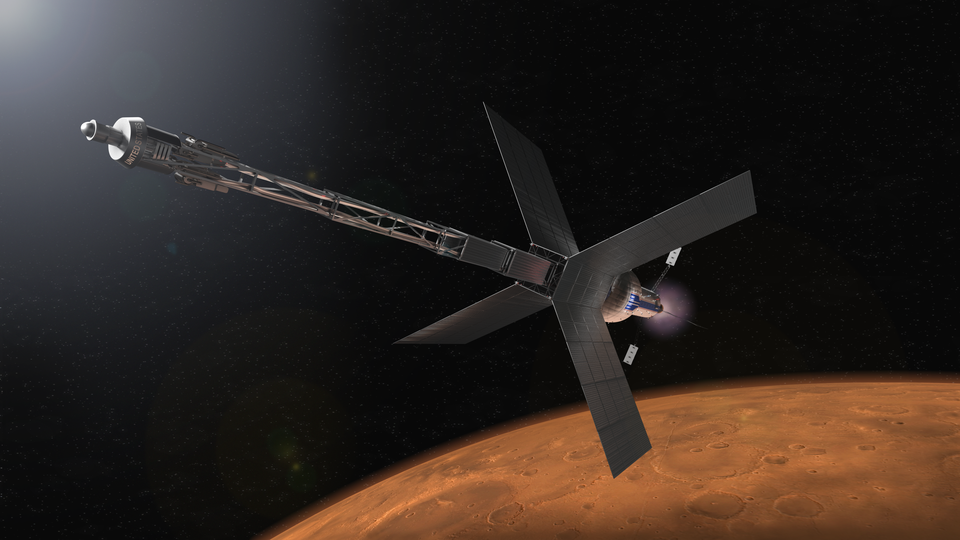
NASA is also exploring electric propulsion; its Power and Propulsion Element for the Lunar Gateway, for example, will demonstrate advanced, high-power solar electric propulsion around the Moon. The US agency is also exploring propulsion concepts for visiting Mars, including a combination of nuclear electric and chemical propulsion, as well as emerging technologies such as nuclear thermal propulsion.
The German Aerospace Center (DLR) is also involved in propulsion, for example the ETID was tested at the Center's Lampoldshausen site. DLR also hosts an Institute of Space Propulsion, where engines for rockets such as the Ariane family have been tested and further developed since 1959.
The operation and marketing of the Ariane programme is undertaken by Arianespace, a commercial subsidiary of French space agency, CNES. CNES supported the design of Ariane 6 and develops the ground facilities in French Guiana that are needed to launch the Ariane rockets.
ESA works with the Italian Space Agency (ASI) on another launcher – Vega. Since its first launch in 2012, Vega has been making access to space cheaper, quicker and easier. It typically carries satellites for scientific and Earth observation missions to polar and low Earth orbits.
The Japanese Space Agency, JAXA, is researching more environmentally friendly propulsion technologies for both rocket launchers and aircraft. Rocket engine research and development is led by the Kakuda Space Center, which conducts research ranging from basics to applications. JAXA even has a dedicated Electric Propulsion Laboratory focusing on the R&D of electric propulsion technologies and related plasma diagnostic techniques. Thrusters developed at the lab were deployed on the recent Hayabusa and Hayabusa-2 missions.
The Association Aéronautique et Astronautique de France is currently organising the Space Propulsion 22 conference, focused on rockets and propulsion for spacecraft of all kinds. It will take place in Estoril, Portugal, on 9–13 May 2022.
Last updated 16 December 2022.








